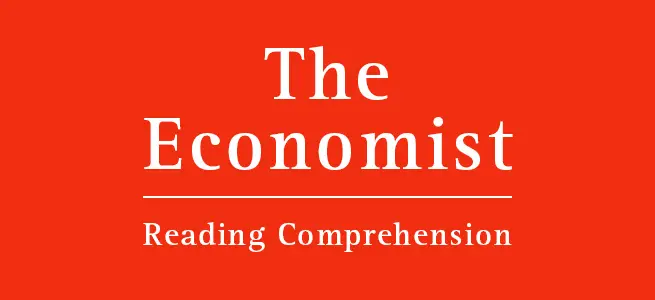Economist GMAT Reading Comprehension Challenge #13
First time doing the GMAT Reading Challenges? Best to start with the Economist GMAT Reading Comprehension Challenge home page for instructions.
In a shed on a poultry farm just outside Colchester…Chicken consumption has grown by 70%
- The chicken industry is a dirty business.
- It is also profitable.
- In OECD (rich countries) pork/beef stagnant but chicken up 70%
Humans gobble so many chickens…where their meal came from.
- Chickens more than ⅔ of animals living on farms.
And why should they?…a pound to $5.80.
- Price of 1lb chicken has fallen since 1960 and is $1.71 vs $5.80 for beef.
Fans of cheap chicken…modern broiler chicken.
- Selective breeding (“chicken of tomorrow”) enabled cheap chicken.
Since then chickens have continued to get bigger…down from 2.5kg of grain in 1985.
- Chickens have continued getting bigger from .9kg in 1957 to 4.2kg in 2005.
- Raising single bird more efficient than two smaller birds. 1.3kg grain to produce 1kg chicken (down from 2.5kg in 1985).
The intense use of antibiotics…so require less to eat.
- Antibiotics allow cramped conditions.
- Cramped conditions -> less movement -> need less food.
- Before WWII most chickens raised on small plots.
Farmers have also benefited from the healthy reputation…healthy meat survives unscathed.
- Chicken’s healthy reputation has helped chicken sales.
- Pork/Beef saturated fat thought to increase heart disease now faded but still red meat considered to increase colon cancer.
It is not just fussy Western eaters…maximized once they are broken up.
- Demand for meat growing even faster in poorer countries (rising income).
- Chickens most widely traded meat.
Though Westerners prefer lean…“phoenix claws” every year.
- West = lean white meat. Asia/Africa = dark meat.
- Preference reflects local price.
The fact that different countries specialise…their grain industries have grown
- Country specialization = more trade
Producers that sell their meat abroad expose…currently become animal feed.
- Selling meat abroad has risks.
- Chicken a flashpoint in trade negotiations.
- Tariffs/bans can cause loss of income for farmers (chicken feet valuable in China but USA farmers can’t sell them there)
Similarly, the European Union banned…America would require them to accept imports of such chickens.
- Different processing standards can contribute to trade deal collapse.
Although the chicken boom has been good for consumers…(meaning they have to be starved before they are able to consider romance).
- Chicken boon good for consumers but cost cutting and selective breeding potentially detrimental for chickens.
- Chicken size is a big issue. So big they are lame. Look like zombies. Can’t mate.
Partly because of advocacy by animal-welfare charities…sales of free-range eggs have overtaken those of caged ones.
- Advocacy and affordability have led to consumers willing to pay for better chicken conditions.
- Free range chicken sales surging.
- In some countries massive chickens have become unpopular leading to a massive decrease in giant chicken sales.
Concerns about the health of livestock…change their farming practices.
- EU has some of the strictest animal welfare laws. Because rural states have more clout in USA, USA standards lag behind.
- But, California has passed laws roughly in line with EU putting pressure on other states.
Public companies have been more responsive than lawmakers…top buying eggs from chicken raised in battery cages since 2015.
- Public companies threatened with bad PR more responsive than lawmakers.
Farmers are therefore increasingly interested in improving…good-farming certificate from the Global Animal Partnership, a charity.
- Farmers increasingly interested in improving chicken lives.
- Purdue has stopped using antibiotics so chickens need more space.
Bruce Stewart-Brown, a food-safety scientist…But what they really love is chicken.
- Better chicken condition constrained by market: required organic chicken feed expensive
- Most people still prefer cheapest.
- Little evidence that people are turning into herbivores.
Primary Purpose:
To discuss the rise in prominence of chicken and the pros and cons related to its explosion as the most consumed meat in the world.
Main Idea:
Because it’s cheap and tasty, chicken has become the most consumed and traded meat in the world and its rise has had an impact on consumers, geopolitical relationships, and the chickens themselves.
